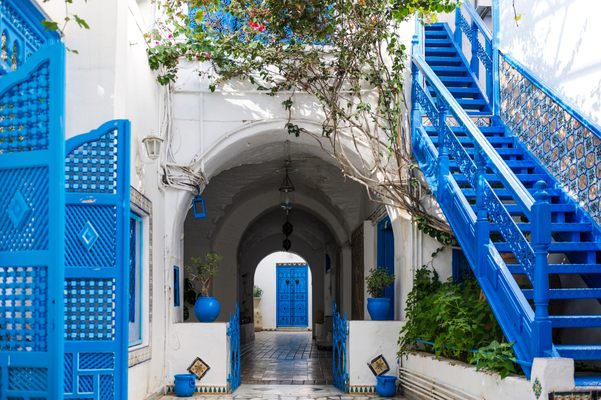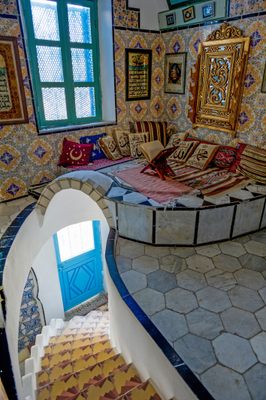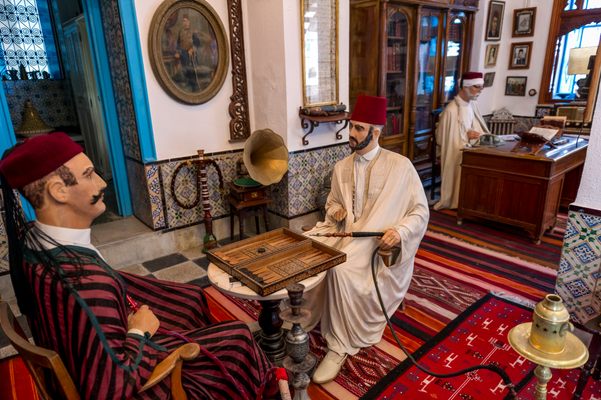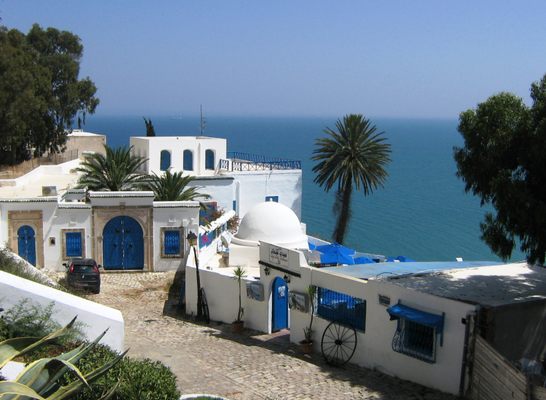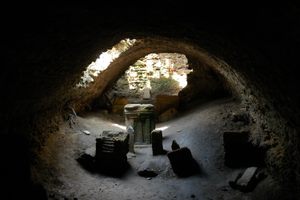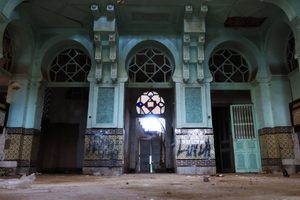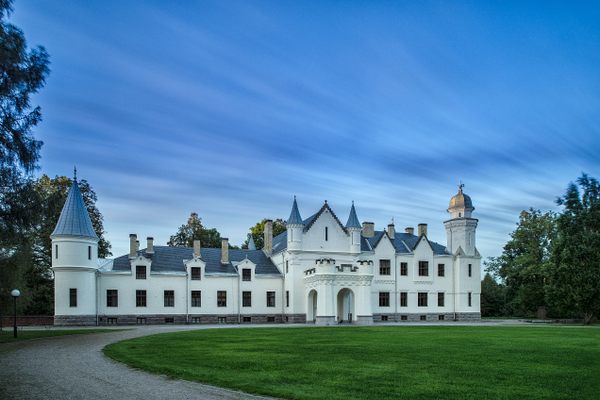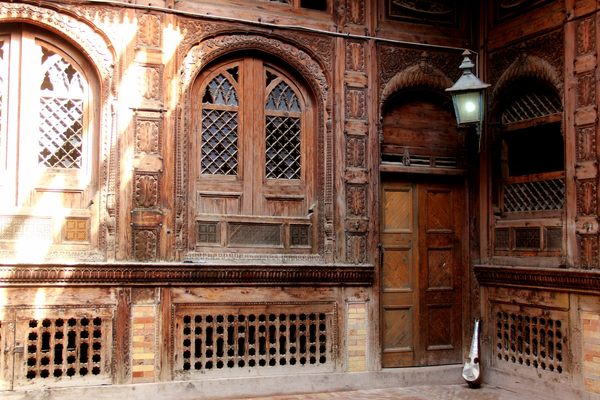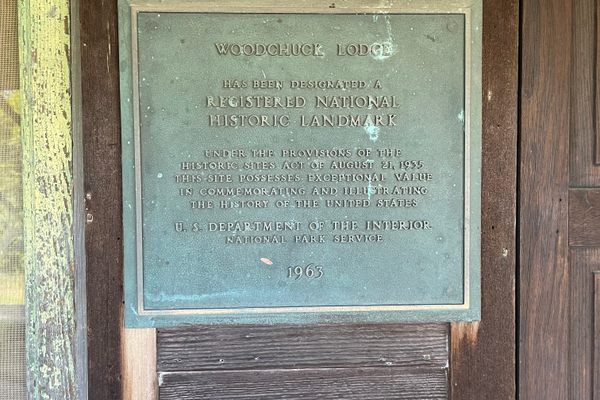About
Approximately 20 kilometers (12 miles) from Tunis, the town of Sidi Bou Saïd sits atop a cliff overlooking Carthage and the Gulf of Tunis. A residential suburbs with about 6,000 inhabitants, it is a fairly popular tourist spot in Tunisia. But unlike other destinations like the Antonine Baths or the Medina, Sidi Bou Saïd's main attraction lies not in its history or the lively Middle Eastern atmosphere, but simply in its gorgeous appearance.
Many of the houses in Sidi Bou Saïd are adorned with blue-and-white walls and doors with Islamic decorative patterns. These residences, some of which date back to the 18th century, are nestled among Mediterranean cafes, market squares, narrow alleys, and flight after flight of steps. One of the elegant houses, Dar El Annabi, has been turned into a museum where visitors can see a slice of life in Sidi Bou Saïd.
Dar El Annabi was originally built near the end of the 18th century. In the 20th century, it was redeveloped as a summer resort for Taib El Annabi, son of Mufti Mohamed Annabi. It is now a museum showing the typical Islamic architecture on the outside and the atmosphere and lifestyle of a traditional Tunisian family on the inside. Visitors can go inside and explore the private library, prayer hall, lounges, bedrooms, the Andalusian garden, and terraces that offer a view of the surrounding terraces.
Since the 19th century, Sidi Bou Saïd has attracted a number of artists, musicians, writers and philosophers, including Michel Foucault, Alphonse de Lamartine, François-René de Chateaubriand, Gustave Flaubert, Andre Gide, Simone de Beauvoir, Colette, and even the infamous occultist Aleister Crowley.
The history of Sidi Bou Saïd goes back to the ancient times, when the Carthaginians and Romans used the cliff to establish a watchtower. The 11th-century Almoravids used the site for the same purpose, calling it Djebel al-Manar, or "the Mountain of Fire." A couple of centuries later, the town welcomed Sunni saint Abu Said ibn Khalef ibn Yahia Al-Tamimi Al-Baji, more commonly Sidi Bou Saïd, who taught Sufism on a nearby hill. After his death, his name was given to the settlement.
Related Tags
Know Before You Go
There is an entrance fee to visit the museum. In addition to being a museum, Dar El Annabi can be rented for use as an event space.
Tunisia: The Sahara, Mosaics & Star Wars Relics
A Sahara journey through ancient oases, diverse culture, & delicious cuisine.
Book NowCommunity Contributors
Added By
Published
May 13, 2020
